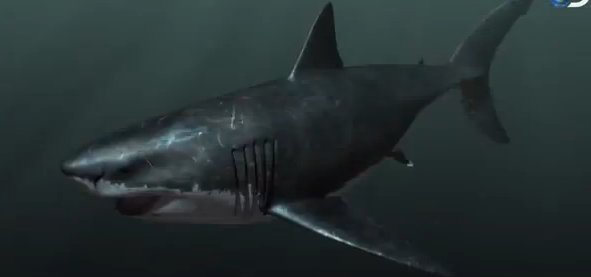
Megalodon didn’t make the evolutionary cut, and researchers now believe that it being wiped off the face of the Earth may be what allowed some whales to get so big.
Long ago, an almost unimaginably large shark called megalodon terrorized the waters.
It didn’t make the evolutionary cut, though, and researchers now believe that it being wiped off the face of the Earth may be what allowed some whales to get so big.

BYPASS THE CENSORS
Sign up to get unfiltered news delivered straight to your inbox.
You can unsubscribe any time. By subscribing you agree to our Terms of Use
The first step towards arriving at this theory was reassessing exactly when it was that the 60-ton predators disappeared.
Despite the wealth of remains available for study, its proven tough to pinpoint when the final days of megalodon actually were.
Previous best guesses estimated that the shark’s demise happened about 1.5 million years back.
Now researchers are saying it took place closer to 2 and a half million years ago.
Probably not by coincidence, that’s right around the time whales, specifically those of the baleen variety, started to get bigger.
Marine mammals likely constituted a big part of megalodon’s menu, so with it gone, they were free to thrive.
Observations indicate that in the years since the mega-shark’s extinction, baleen whales’ physical mass has increased significantly. They can now reach up to almost a hundred feet in length.
The science behind the theory hasn’t been verified, and researchers say further investigation into the possible connection is needed.

